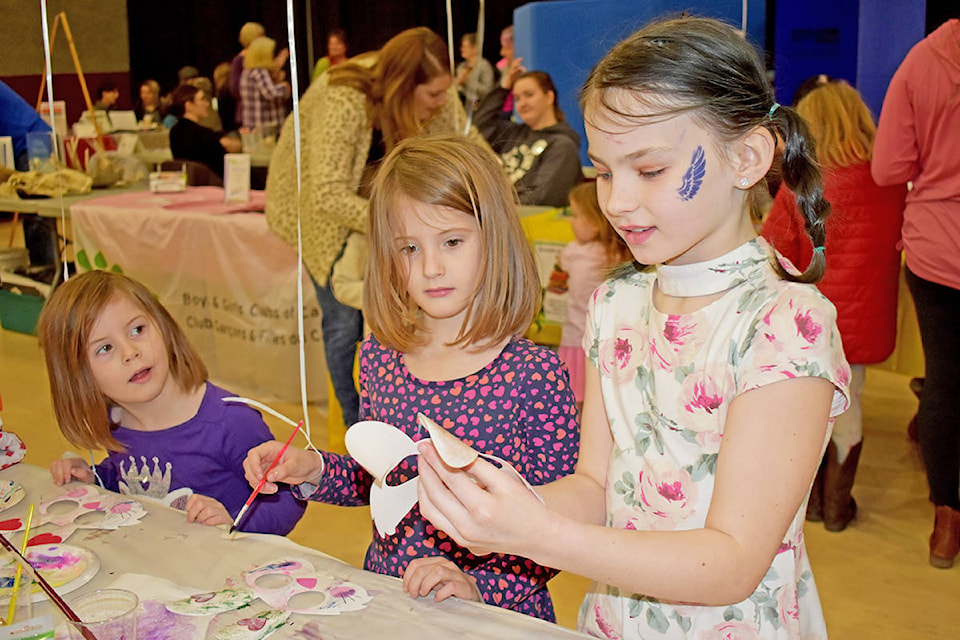Suzanne COCHRANE
Special to the Tribune
When my son was younger, I foolishly agreed to walk down a toy aisle, and unsurprisingly, he decided he wanted a Lego set. I told him that I didn’t have the money to pay for it — to which he replied that I should just use my plastic card. I did my best to explain that the plastic card was borrowed money. He then said we could just go to the bank to get the money.
I learned lesson No. 2 that day, that I had somehow missed explaining the process of “mom and dad go to work to earn money, we put the money in the bank and then we can take it out using either real money or plastic cards.” Fortunately, he was content with my answer and so I was able to avoid causing a public scene, complete with flailing child.
After that experience, I started doing some reading and researching on how to better teach my children about money and the main thing I learned was to talk about it with them. Money talk appears to be a taboo topic in many households, in a similar way to sex education.
In our family we pay out for specific chores, for example mowing the lawn, filling the wood box, and cleaning the cat litter. It’s hit and miss with our kids, but it works well if they have a spending goal in mind, such as a new scooter. Before buying the scooter, I taught them about deposits, loans and collections.
READ MORE: Lil Mack advocates for literacy
We didn’t purchase the scooter until our son had earned enough to put down a 50 per cent deposit, then he took out a loan from the Bank of Mom and Dad. I got to be the collections agent and employment officer for the next six months. It wasn’t easy getting our money back, but we ultimately did and my son felt proud that he had purchased the scooter entirely by himself.
I have also found that when my kids want something, it’s better for us to go to the bank together, withdraw cash and let them purchase the item themselves. This way they don’t miss the learning moment of the transaction — taking an item up to a till, giving it to a store clerk, being told the amount, taking money out of a wallet, handing it over and counting to make sure the correct change is received back.
My husband and I are still learning and testing new ways to teach our kids about having a healthy relationship with their money. It’s a journey — one of the last times my son asked me for money, and I said ‘no’, with a twinkle in his eye he said: “Well, isn’t that what MOM stands for?”
I looked at him puzzled and he stated: “MOM - Made Of Money.”
Some days the journey is longer than others.
Suzanne Cochrane is a Financial and Family Literacy Co-ordinator with the Cariboo-Chilcotin Partners for Literacy.
Do you have a comment about this story? email:
editor@wltribune.com
Like us on Facebook and follow us on Twitter.
